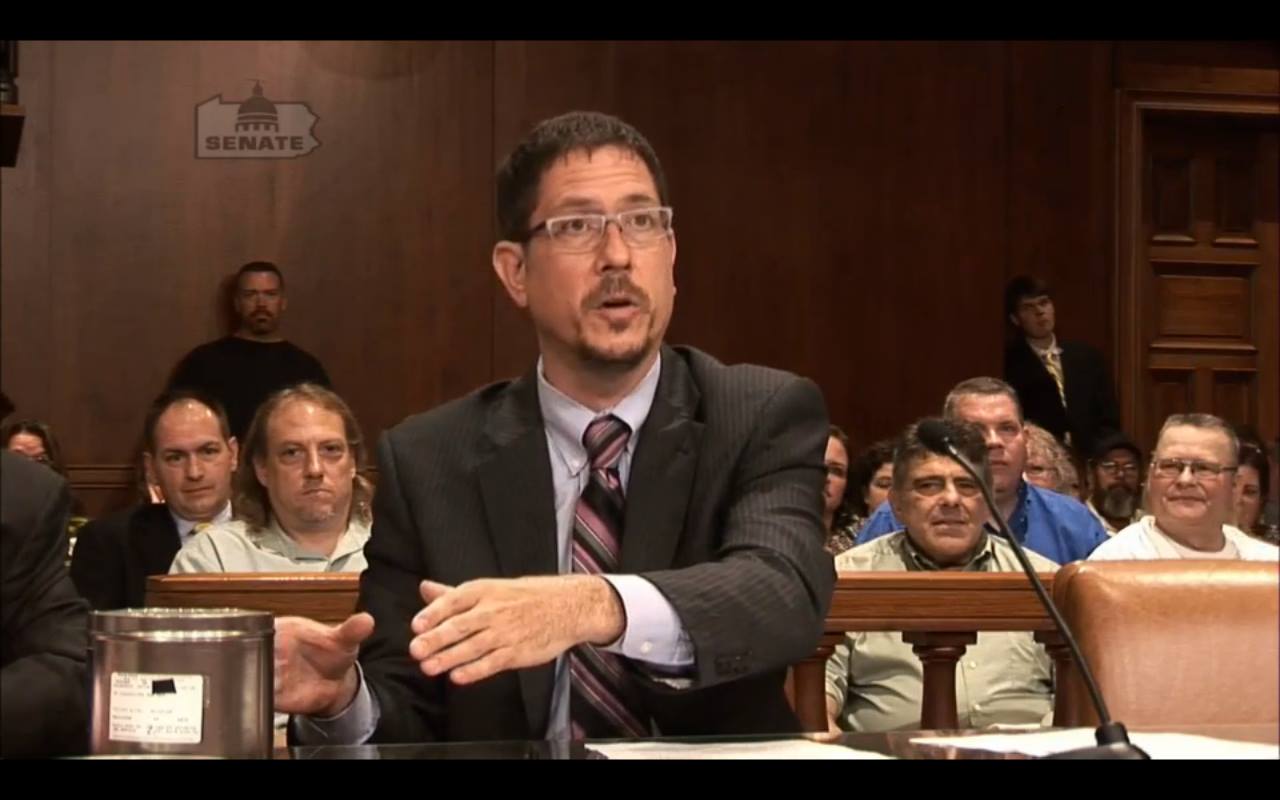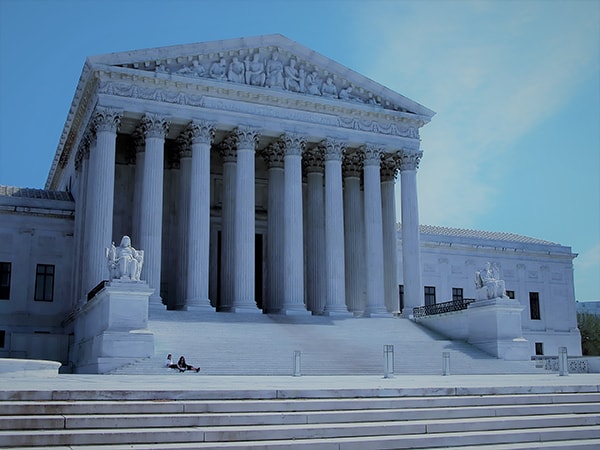Top Federal Appeal Lawyers: Expert Legal Assistance for Your Federal Appeal
Top Federal Appeal Lawyers: Expert Legal Assistance for Your Federal Appeal
Blog Article
Debunking the Process of Federal Appeals: What You Required to Know
Browsing the detailed realm of government charms can frequently seem like traversing undiscovered waters for those strange with the procedure. Recognizing the subtleties of appellate court territory, the intricacies of submitting a notification of charm, providing a compelling quick, and making an influential oral debate are vital components that can dramatically impact the result of a case. By untangling the layers of intricacy surrounding federal appeals, individuals can gain a more clear understanding right into the mechanisms that regulate this critical point of the lawful system.
Comprehending Federal Appeals Refine
Diving into the complex world of the federal appeals procedure unveils a systematic and organized journey with the judicial system. Federal charms serve as a vital system for examining decisions made by lower courts. Understanding this process is vital for any individual included in legal procedures at the government level.
The process commonly begins with a party disappointed with a reduced court's ruling submitting a notification of appeal. This sets off a review by a greater court, where a panel of courts examines the lawful disagreements provided by both events. Briefs outlining the lawful reasoning behind each party's setting are sent, and dental disagreements might be heard to clear up complex issues.
The appellate court's decision is based on a complete assessment of the lower court's procedures and the disagreements offered. Once the appellate court reaches a decision, it can verify, reverse, remand, or customize the lower court's ruling, giving clearness and finality to the lawful disagreement.
Appellate Court Territory Described
Appellate court territory refers to the range of cases that a particular appellate court has the power to choose and review upon. Unlike trial courts that listen to cases for the first time, appellate courts are limited to evaluating choices made by lower courts.
Appellate courts have jurisdiction over specific types of cases, normally those including legal errors, step-by-step problems, or inquiries of regulation instead than valid disagreements. The territory of appellate courts is generally outlined in laws and laws that control the court system. Comprehending appellate court territory is critical for events entailed in the charms procedure as it establishes whether a case is qualified for evaluation and the extent to which the appellate court can intervene in the reduced court's decision.
Filing a Notice of Allure
The first action in beginning the government charms process entails submitting a Notification of Allure with the appropriate appellate court. This important paper officially alerts the court and the various other events included in the case that the appealing celebration means to look for a review of the lower court's choice. Filing a Notification of Appeal is a rigorous step-by-step requirement that establishes the appellate process moving.
When preparing the Notification of Charm, it is vital to make certain conformity with the specific rules and guidelines of the appropriate appellate court. federal appeal lawyers. The file needs to normally include details such as the case name, the reduced court's name, the day of the judgment being appealed, and a concise statement suggesting the premises continue reading this for the appeal

Briefing and Dental Debate
In the appellate procedure, presenting written briefs and taking part in dental disagreements play critical duties in supporting for the appealing event's setting prior to the appellate court. Briefs are detailed legal files that lay out the celebrations' arguments, lawful authorities, and evaluation supporting their placements. These created submissions provide the court with a comprehensive understanding of the truths of the instance, the relevant regulation, and why the appealing celebration thinks the reduced court's choice need to be reversed.
Complying with the submission and testimonial of the briefs, oral disagreements use the parties a chance to further clarify their placements, attend to any kind of inquiries the appellate judges might have, and emphasize bottom lines from their written briefs. Oral disagreements are a possibility for the lawyers to persuade the judges through spoken advocacy and responses to questions from the bench.
Both the created briefs and dental disagreements are important components of the appellate procedure, permitting events to provide their instance extensively and compellingly before the appellate court. - federal crime lawyer
Getting the Appellate Court Decision
The appellate court's decision is normally provided in a composed style and outlines the court's conclusions on the legal concerns provided, the reasoning behind their choice, and the judgment provided. The time structure for receiving the appellate court's choice can differ, but courts make every effort to supply timely resolutions. Whether the appellate court verifies, turns around, or remands the reduced court's decision, understanding the ramifications of the ruling is essential for all celebrations involved in the appellate procedure.
Verdict
In conclusion, the federal allures process is a complex yet vital action in looking for justice. Understanding the appellate court jurisdiction, submitting a notification of allure, preparing briefs, and presenting oral arguments are all vital components of this process. Ultimately, receiving the appellate court decision can supply clearness and resolution to legal disputes. It is necessary to browse the government allures procedure with diligence and interest to information to accomplish a reasonable outcome.
As we advance from understanding the federal charms procedure to dissecting the intricacies of appellate court jurisdiction, a basic facet comes to light concerning the authority and limitations of these greater courts in the lawful landscape. Appellate court territory refers to the extent of situations that a specific appellate court has the power to assess and make a decision upon. Unlike trial courts that listen to cases for the very first time, appellate courts are limited to assessing choices made by lower courts. Recognizing appellate court territory is important for events involved in the appeals process as it establishes whether a situation is qualified for evaluation and the degree to which the appellate court can intervene in the lower court's choice.

Report this page